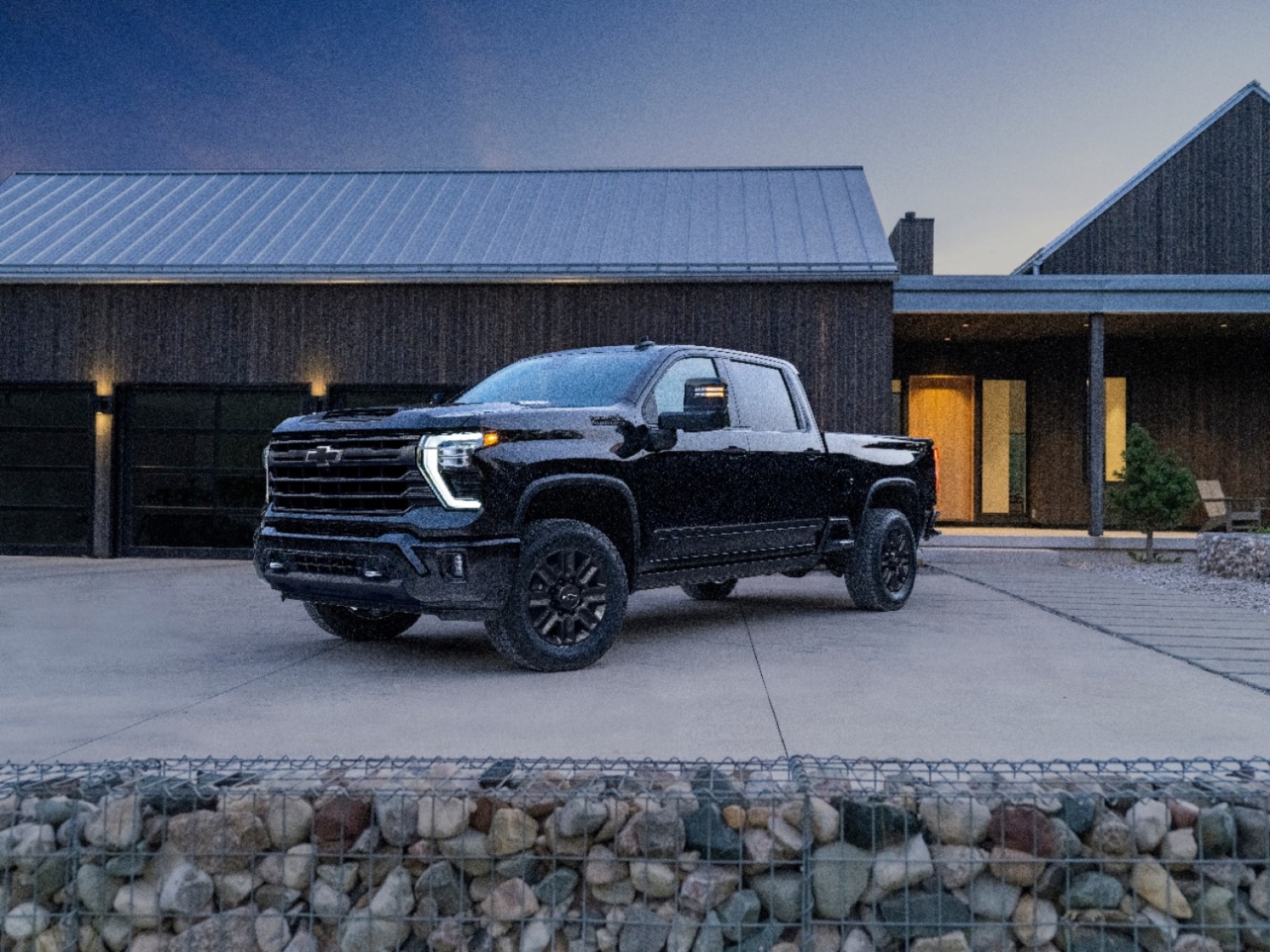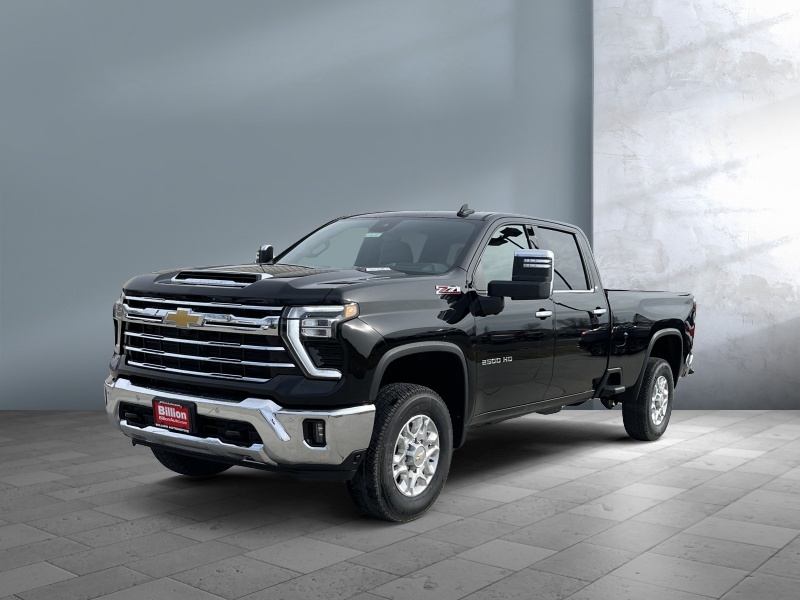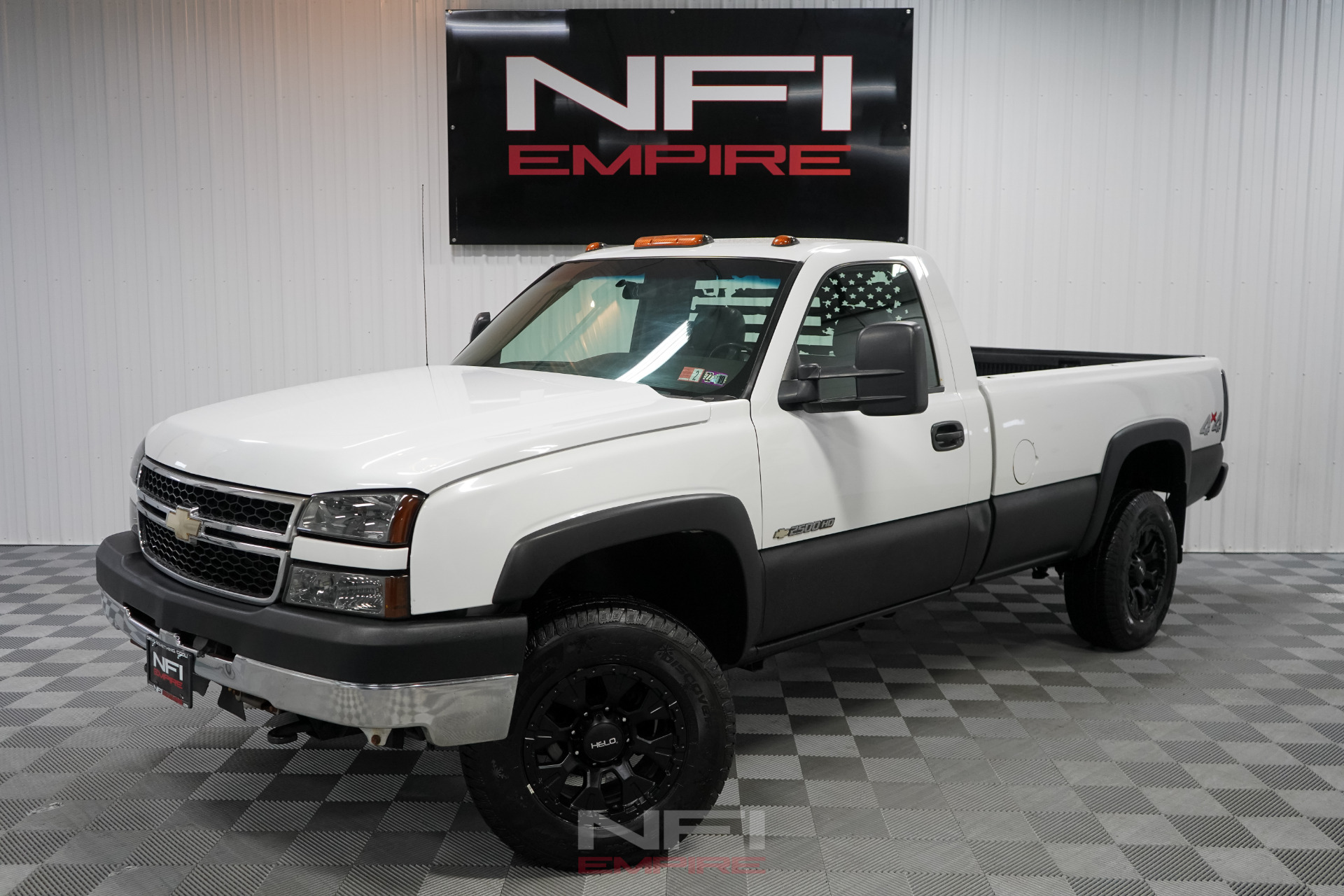2500 Chevy Trucks For Sale Used: Your Comprehensive Buyer’s Guide pickup.truckstrend.com
The Chevrolet 2500 series truck, often referred to as the 2500HD (Heavy Duty), stands as a formidable workhorse in the pickup truck market. Designed for serious towing, heavy hauling, and demanding tasks that lighter half-ton trucks can’t handle, the 2500HD has earned a legendary reputation for durability and capability. For many, a brand-new heavy-duty truck might be out of budget, making the used market an incredibly attractive option. This comprehensive guide will navigate the landscape of 2500 Chevy trucks for sale used, helping you understand their appeal, what to look for, and how to make an informed purchase.
Why Choose a Used 2500 Chevy Truck?
2500 Chevy Trucks For Sale Used: Your Comprehensive Buyer’s Guide
Opting for a used 2500 Chevy truck presents a compelling blend of value, performance, and proven reliability. Here’s why these robust machines continue to be a top choice in the pre-owned vehicle market:
- Cost-Effectiveness: The most obvious advantage is the significant depreciation a new vehicle experiences in its first few years. Buying used allows you to acquire a highly capable truck at a fraction of the original price, leaving more room in your budget for maintenance, upgrades, or other investments.
- Proven Reliability and Longevity: Chevrolet’s 2500HD trucks are built to last. Their heavy-duty components, robust frames, and powerful powertrains are engineered for sustained hard work. Many models, especially those with the venerable Duramax diesel or sturdy gasoline V8s, are known to easily exceed 200,000 to 300,000 miles when properly maintained.
- Strong Resale Value: While they depreciate from new, used 2500HD trucks tend to hold their value well compared to many other vehicles, especially models equipped with popular engines like the Duramax. Their enduring demand ensures a healthy resale market if you decide to upgrade later.
- Unmatched Capability: If you need to tow a large RV, a horse trailer, heavy equipment, or haul substantial payloads for work or recreation, a 2500HD is indispensable. It offers significantly higher towing and payload capacities than 1500 series trucks, providing a greater margin of safety and performance.
- Variety of Options: The used market offers a vast array of configurations, engine choices, and trim levels across various model years. This diversity allows you to pinpoint a truck that perfectly matches your specific needs, whether it’s a basic work truck or a fully loaded luxury hauler.

Key Generations and Notable Features
Understanding the different generations of the 2500HD can help you identify specific features, common issues, and performance characteristics.
- GMT400 (1988-2000): While the HD designation wasn’t formalized as 2500HD until later, these trucks (often called C/K 2500) laid the groundwork. Known for their rugged simplicity, common engines included the 5.7L (350) and 7.4L (454) gasoline V8s, and the 6.5L Detroit Diesel. They are now classics, often sought by enthusiasts or those needing a basic, tough work truck.
- GMT800 (2001-2007 Classic): This generation introduced the "HD" moniker and truly solidified the 2500HD’s identity. It brought the legendary 6.6L Duramax LB7, LLY, and LBZ diesel engines (paired with the Allison 1000 automatic transmission) and the robust 6.0L Vortec LQ4/LQ9 and 8.1L Vortec L18 gasoline engines. These trucks are highly sought after for their powerful drivetrains and relatively straightforward electronics. Common issues can include injector problems on early Duramax models and front-end wear.
- GMT900 (2007.5-2014): Featuring updated styling, improved interiors, and enhanced capability, this generation continued with the 6.0L Vortec gasoline engine and introduced the LMM and LML Duramax diesels. The LML Duramax, in particular, saw significant power increases and improvements in emissions systems. Look for better ride quality and more refined interiors.
- K2XX (2015-2019): These trucks brought further refinement, improved aerodynamics, and a more modern interior. Engine options remained the 6.0L Vortec and the LML Duramax (later replaced by the LGH 6.6L gasoline and L5P 6.6L Duramax). They offered more advanced safety features and infotainment systems.
- T1XX (2020-Present): The latest generation boasts a completely redesigned exterior, a significantly larger grille, and an updated interior. Engine options include a new 6.6L gasoline V8 and the powerful L5P Duramax diesel, now paired with a 10-speed Allison transmission. While newer, some early models from this generation are starting to appear on the used market.

What to Look For When Buying a Used 2500 Chevy Truck

Purchasing a used heavy-duty truck requires a thorough inspection. A meticulous approach can save you from costly repairs down the line.
Mechanical Inspection: The Heart of the Truck
- Engine:
- Gasoline (6.0L, 8.1L, 6.6L): Listen for knocking, ticking, or unusual noises. Check for oil leaks around valve covers, oil pan, and rear main seal. Look for blue smoke on startup (oil burning) or white smoke (coolant).
- Diesel (Duramax 6.6L): Pay close attention to cold starts. Excessive white smoke (unburnt fuel) or rough idling can indicate injector issues (especially on LB7 models). Listen for turbocharger whine or unusual sounds. Check for fuel leaks and examine the coolant for signs of oil or fuel contamination. A strong sulfur smell from the exhaust can indicate a faulty DEF system on newer models.
- Transmission (Allison 1000, 6L90, 10L1000):
- Check fluid levels and condition (should be red/pink, not dark brown or burnt).
- Test all gears, including reverse, and ensure smooth, timely shifts without slipping, flaring, or harsh engagement. Pay attention to how it shifts under load if possible.
- Drivetrain (4×4): Engage 4×4 High and Low. Listen for grinding or clunking. Ensure the transfer case engages smoothly. Check for leaks around differentials and transfer case.
- Brakes: Test for pulsation (warped rotors), pulling to one side, or excessive pedal travel. Check pad and rotor thickness.
- Suspension and Steering: Look for worn ball joints, tie rods, control arm bushings, and shock absorbers. Test for play in the steering wheel. Listen for clunks or squeaks over bumps. A common wear item on these trucks is the front-end components due to their weight and use.
- Tires: Check tread depth and for uneven wear patterns, which can indicate alignment or suspension issues.
Exterior and Interior Condition: Beyond the Surface
- Rust: Inspect the frame thoroughly, especially near suspension mounting points and welds. Check rocker panels, wheel wells, cab corners, and under the bed for rust, particularly in areas where salt is used on roads.
- Accident History: Look for mismatched paint, misaligned body panels, large panel gaps, or evidence of significant repairs. These can indicate a prior accident.
- Interior: Check for excessive wear on seats, dashboard, and carpets. Test all electronics: power windows, locks, climate control, infotainment system, and all lights. Ensure all gauges work correctly.
- Undercarriage: Look for any signs of fluid leaks (oil, transmission fluid, coolant, power steering fluid) and damage to exhaust components, fuel lines, or brake lines.
Documentation and Verification
- Maintenance Records: This is crucial. A well-documented service history indicates a responsible owner and can provide insight into the truck’s health. Look for regular oil changes, transmission fluid services, and major component replacements.
- Mileage vs. Condition: High mileage isn’t necessarily a deal-breaker if the truck has been meticulously maintained. Conversely, low mileage on an older truck might mean it sat unused, potentially leading to its own set of issues (e.g., dry rot, seized components).
- VIN Check: Obtain a vehicle history report (CarFax, AutoCheck) using the VIN. This report can reveal accident history, flood damage, salvage titles, odometer discrepancies, and past service records.
- Pre-Purchase Inspection (PPI): Always, always, always get an independent mechanic (preferably one specializing in heavy-duty trucks or diesels if applicable) to perform a PPI before finalizing the purchase. This small investment can save you thousands.
Where to Find Used 2500 Chevy Trucks
- Dealerships: Both new car dealerships (trade-ins) and dedicated used car lots often have a selection. They typically offer financing, warranties (though often limited), and reconditioned vehicles. Prices may be higher, but you get convenience and a degree of reassurance.
- Private Sellers: Online marketplaces (Facebook Marketplace, Craigslist), local classifieds, and word-of-mouth can lead you to private sellers. Prices are often lower, and you can sometimes get more direct information about the truck’s history from the owner. Be cautious and thorough with your inspection.
- Online Auto Platforms: Websites like AutoTrader, CarGurus, Edmunds, and Cars.com aggregate listings from both dealerships and private sellers, offering a wide selection and advanced search filters.
- Auctions: Government surplus, repossessed vehicle, or public auto auctions can offer great deals, but they often come with significant risks. Vehicles are typically sold "as-is" with little opportunity for inspection. This option is best for experienced buyers or mechanics.
Financing and Insurance Considerations
- Financing: Used vehicle loans are widely available from banks, credit unions, and dealership finance departments. Get pre-approved by your bank or credit union before shopping to understand your budget and negotiate better.
- Insurance: Heavy-duty trucks, especially diesel models, can be more expensive to insure than smaller vehicles due to their higher repair costs and potential for greater damage in an accident. Get insurance quotes before buying to factor this into your overall budget.
- Budgeting for Maintenance: Remember that a used truck, especially an older heavy-duty model, will require ongoing maintenance. Factor in costs for oil changes, tire rotations, brake jobs, and potential larger repairs (e.g., injector replacement, transmission service).
Maximizing Your Purchase: Tips for Owners
Once you’ve found and purchased your 2500 Chevy truck, here’s how to ensure it serves you well for years to come:
- Adhere to a Strict Maintenance Schedule: Follow the manufacturer’s recommended maintenance intervals for oil changes, fluid flushes (transmission, differential, coolant), filter replacements (fuel, air, oil), and tire rotations. This is especially critical for diesel engines.
- Understand Towing and Hauling Limits: Always consult your truck’s owner’s manual for precise gross vehicle weight rating (GVWR), gross combined weight rating (GCWR), payload capacity, and maximum towing capacity. Never exceed these limits.
- Consider Aftermarket Upgrades (Wisely): If you plan on significant modifications (e.g., lift kits, engine tuners), research reputable brands and professional installers. Some modifications can void warranties or negatively impact reliability if not done correctly.
- Regular Cleaning and Protection: Washing and waxing your truck regularly, especially the underside if you live in a rust-prone area, can help preserve its appearance and extend its life.
Estimated Price Range for Used 2500 Chevy Trucks
Prices for used 2500 Chevy trucks vary significantly based on model year, mileage, condition, engine type, trim level, and geographical location. The table below provides estimated ranges for common generations. These are not guarantees and actual prices can be higher or lower.
| Model Year Range | Common Engine Type | Typical Mileage (Miles) | Condition (Avg.) | Estimated Price Range (USD) |
|---|---|---|---|---|
| 2001-2007 | 6.0L Vortec Gas | 150,000 – 250,000+ | Fair to Good | $7,000 – $15,000 |
| (GMT800) | 6.6L Duramax Diesel | 150,000 – 300,000+ | Good to Excellent | $12,000 – $25,000+ |
| 2007.5-2014 | 6.0L Vortec Gas | 100,000 – 200,000+ | Good to Very Good | $12,000 – $22,000 |
| (GMT900) | 6.6L Duramax Diesel | 100,000 – 250,000+ | Good to Excellent | $20,000 – $35,000+ |
| 2015-2019 | 6.0L Vortec Gas | 75,000 – 150,000+ | Very Good | $20,000 – $35,000 |
| (K2XX) | 6.6L Duramax Diesel | 75,000 – 200,000+ | Very Good to Exc. | $30,000 – $50,000+ |
| 2020-Present | 6.6L Gas / Duramax | 20,000 – 100,000+ | Excellent | $40,000 – $70,000+ |
| (T1XX) |
Note: Prices are highly variable. Trucks with lower mileage, higher trim levels (LTZ, High Country), specific packages (Z71, Max Trailering), or in exceptional condition will command higher prices. Conversely, work trucks (WT trim) or those with cosmetic or minor mechanical issues will be lower.
Frequently Asked Questions (FAQ)
Q1: Is a Duramax diesel worth the extra cost over a gasoline engine in a used 2500HD?
A1: For heavy towing, frequent hauling, or long-distance driving, the Duramax often pays for itself in fuel efficiency, greater torque, and exceptional longevity. However, diesel maintenance can be more expensive, and fuel costs are sometimes higher. For occasional towing or lighter duty, the gasoline V8s are perfectly capable and often cheaper to maintain.
Q2: What’s the "best year" for a used 2500HD?
A2: There’s no single "best" year, as it depends on your budget and needs. Many enthusiasts highly regard the 2006-2007 (LBZ Duramax) models for their power and relative simplicity before stricter emissions regulations. The 2011-2016 (LML Duramax) models are also very popular for their balance of power, refinement, and modern features. For gasoline, the 6.0L Vortec has been a consistently reliable workhorse across generations.
Q3: What’s the typical lifespan of these trucks?
A3: With proper and consistent maintenance, especially for the Duramax diesel engines, it’s not uncommon for 2500HD trucks to last 250,000 to 400,000 miles or even more. Gasoline engines also have excellent longevity, often exceeding 200,000-300,000 miles.
Q4: Can a 2500HD tow a fifth-wheel trailer?
A4: Yes, a 2500HD truck is designed for fifth-wheel and gooseneck towing. Its robust frame, suspension, and powerful engine options make it ideal for handling the significant tongue weight and overall mass of these trailers. Always ensure your specific truck’s payload and towing capacities meet or exceed the requirements of your trailer.
Q5: Are there any common problems to look out for in specific generations?
A5: Yes. Early GMT800 Duramax (LB7) models can have fuel injector issues. All generations can experience front-end suspension wear (ball joints, tie rods) due to the truck’s weight. Rust can be an issue on older models, especially in northern climates. Emissions components (DPF, DEF system) on newer diesels can be costly to repair if they fail. Always check online forums for specific model year common issues.
Conclusion
A used 2500 Chevy truck represents an exceptional investment for anyone needing serious capability without the new vehicle price tag. From their rugged construction and powerful engines to their impressive towing and hauling capacities, these trucks are built to tackle the toughest jobs. By conducting thorough research, performing meticulous inspections, and understanding the nuances of different generations, you can confidently navigate the used market and find a 2500HD that perfectly suits your needs and budget. With proper care, your chosen 2500 Chevy truck will undoubtedly serve as a reliable partner for many years and many miles to come.
